Equipment
Gear Junkie 101: An introduction to wedge bounce and grinds
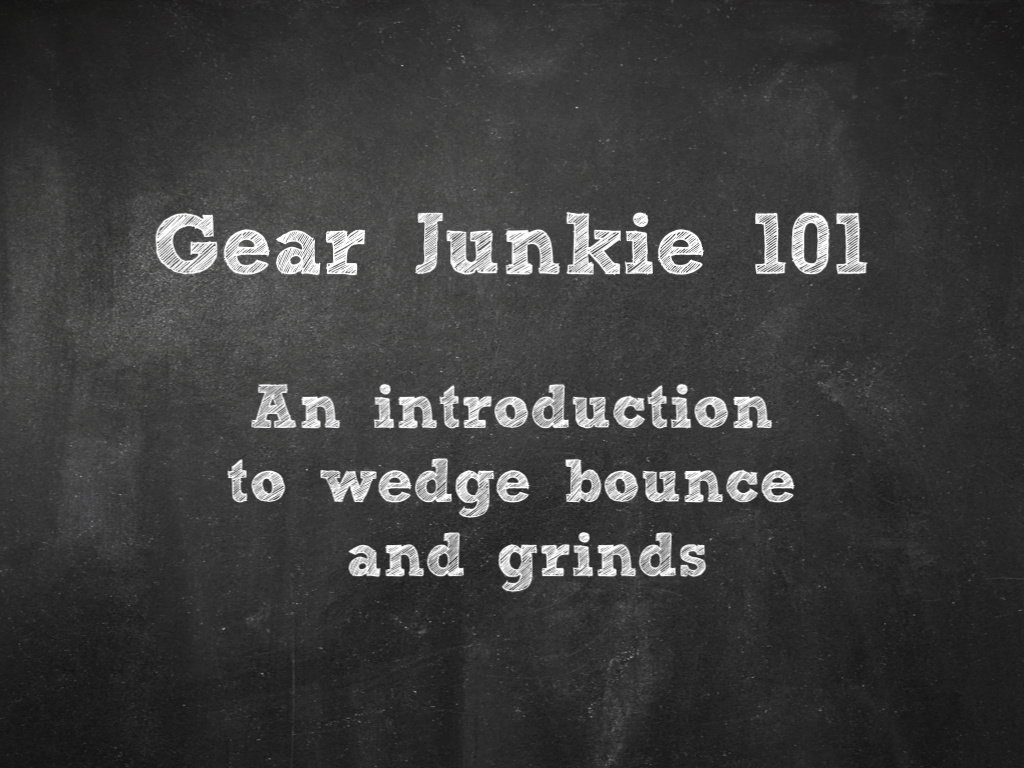
Since I designed my first line of wedges in the late 1980s, I can confidently say that I have interacted with close to a hundred thousand golfers–whether through countless phone calls, to the thousands of golfers I’ve engaged personally, to the online wedge-fitting platforms I have created, to the near-decade of writing my blog as “The Wedge Guy.”
Through all those engagements with golfers of all skill levels, the most frequent topic of conversation, confusion, and exasperation has to be the subject of bounce and grinds on wedges. And it’s no wonder, with the mind-boggling array of bounce/grind/loft combinations offered by the major and minor brands who engage in the wedge category.
I was honored that GolfWRX turned to me to write the first article in their sure-to-be-a-hit series called “Gear Junkie 101.” My goal with this examination of bounce and grinds is to help you develop a complete, and maybe slightly different understanding, of just how the sole of your wedges works and how to tackle the difficult process of finding what specific sole design will work best for you on a day in and day out basis.
What is bounce?
So, let’s start with a basic definition of “bounce.” Very simply, bounce is the downward angle of the sole of a wedge (or any golf club actually) from the leading edge to the trailing edge, measured in degrees from the pure horizontal plane (i.e. the turf). Typically, the bounce angle as it applies to wedges ranges from mid-single digits (5-8 degrees) to the mid-teens (12-15 degrees). It should make sense that the higher the degree of bounce, the more the sole of the club will tend to be “rejected” by the turf.
That’s pretty straightforward, but the subject is anything but that simple.
The “effective bounce” of a wedge is a function of both that measured bounce angle and the width of the sole. For example, a narrow sole with 12 degrees of bounce might perform almost the same as a wider sole with 8 degrees of bounce. In today’s marketplace, there are narrow sole wedges with bounce angles as high as 30-40 degrees, while the early lob wedges had very wide soles and claimed bounce angles of almost zero (they really were not that, of course). Since you are always making some degree of a descending blow to the golf ball, a negative bounce wedge would be more of a shovel than a wedge. Oh, and if part of the sole has a “negative bounce,” where the sole’s surface slants back upwards from the plane of the turf, then that part of the sole is going to have a very minimal effect on turf interaction.
If a picture is worth 1,000 words, this image from golfguideforbeginners.com is certainly helpful.
What are wedge grinds?
Now we can add to this expanding high/low bounce equation the myriad of various “grinds” available to golfers by the numerous companies engaged in the manufacture and marketing of wedges. From the custom world, the options are practically endless, and it appears most of them stem from detailed work with specific tour professionals (more on that later). Some like a sharper leading edge, while others want it more rounded. Some like a pretty straight leading edge, while others prefer some curvature from heel to toe. The options are practically endless when you are standing next to the guy on the wheel actually doing the grinding.
They also talk about “toe relief”, “heel relief” and a nearly whole alphabet of specific grinds – ‘C’, ‘K’, etc. But all these are proprietary references by the manufacturers, and there are no set of “standards” as to what each grind really is. That makes it tough on golfers to figure out what will serve you best. The market leader alone offers at least six different “stock” grinds, and other brands have their own countless variations as well. So how do you make sense of all that and choose the sole design that will serve you best?
I will share that, in my experience, only the very best golfers can really tell the difference between grinds and sole designs that differ only slightly from one another. Because tour players spend thousands of hours honing their wedge skills, they can feel things that are barely measurable. And, of course, the major brands bend over backwards to accommodate their staff professionals. These guys and ladies can fully appreciate the subtle nuances of one wedge to another that might look identical to an untrained eye. A one- or two-degree difference in bounce, or a sole width that is only 50 thousandths of an inch wider or narrower can make a difference to these elite players. But then, they get to test and try wedges provided to them for free, so they can experiment all they want, can’t they?
Leading edge, trailing edge, and heel grinds on Tiger Woods’ 56-degree TaylorMade MG2 wedge.
It has been my observation that even the very best recreational golfers typically do not approach this acute level of skill, but I have seen some that can detect differences that would escape notice of even active recreational golfers of more “average” skills.
I’ll get a bit skeptical here in saying that I have long challenged the notion that bounce can be accurately “fitted” through a simple examination of your swing path and/or the turf. My difficulty with that premise stems from those extensive golfer engagements wherein the vast majority of golfers–regardless of handicap–revealed to me that both turf conditions and their swing path are constantly changing. Hmmmm. Then how could you possibly “fit” either variable? That would be like trying to buy a pair of shoes if your feet were different sizes every day, wouldn’t it?
But you have to start somewhere to sort through the wilderness of bounce angles and grinds, so, let me offer you my advice and see if that can’t help you through the process.
First of all, I believe that the potentially negative effect of the “wrong” bounce is much less on full swing shots than it is on the short delicate shots around the greens–clubhead speed can make up for a lot. Unless the bounce angle of the wedge is just a terrible match to your most common full swing path, I think “close is good enough” in this aspect. In general, however, I think if you play the usually lush turf of the northern U.S., you will benefit from a more aggressive bounce and/or wider sole than if you play the typically tighter turf of the south and southwest.
Please understand that is a generalization, however.
Secondly, I do not believe you can fit bounce off of artificial turf, as even the best mats do not really imitate the real thing, where you will encounter different grasses, grain against and/or with your shot direction, etc. There is simply no substitute for trying different bounce options on the course itself, hitting shots you face regularly from the variety of turf conditions you encounter on a round-in, round-out basis. If you are serious about trying to get the right wedge, you simply have to hit a wide variety of shots with it (or one like it) to see how it performs under all conditions and shot types.
So, if you were looking for a shortcut, I just do not have one. In my opinion, to accurately evaluate any of the various bounce angles and grinds in search of the best wedges for YOU, you must take them to your course and hit the shots you hit regularly to see how they react to YOUR technique and conditions. In this wedge trial and testing process, put most of your focus on your bunker shots and a variety of short shots around the greens. Dollars to donuts says that this process will allow you to find one or two bounce/grind combinations that separate themselves from the pack as best FOR YOU.
Hey, this is golf, and if it was easy, everyone would do it, right?
- LIKE173
- LEGIT35
- WOW8
- LOL4
- IDHT1
- FLOP8
- OB4
- SHANK17
Equipment
Coolest thing for sale in the GolfWRX Classifieds (4/18/24): Ping PLD Limited Anser – 1988 Open Championship – #2 of only 88 Made
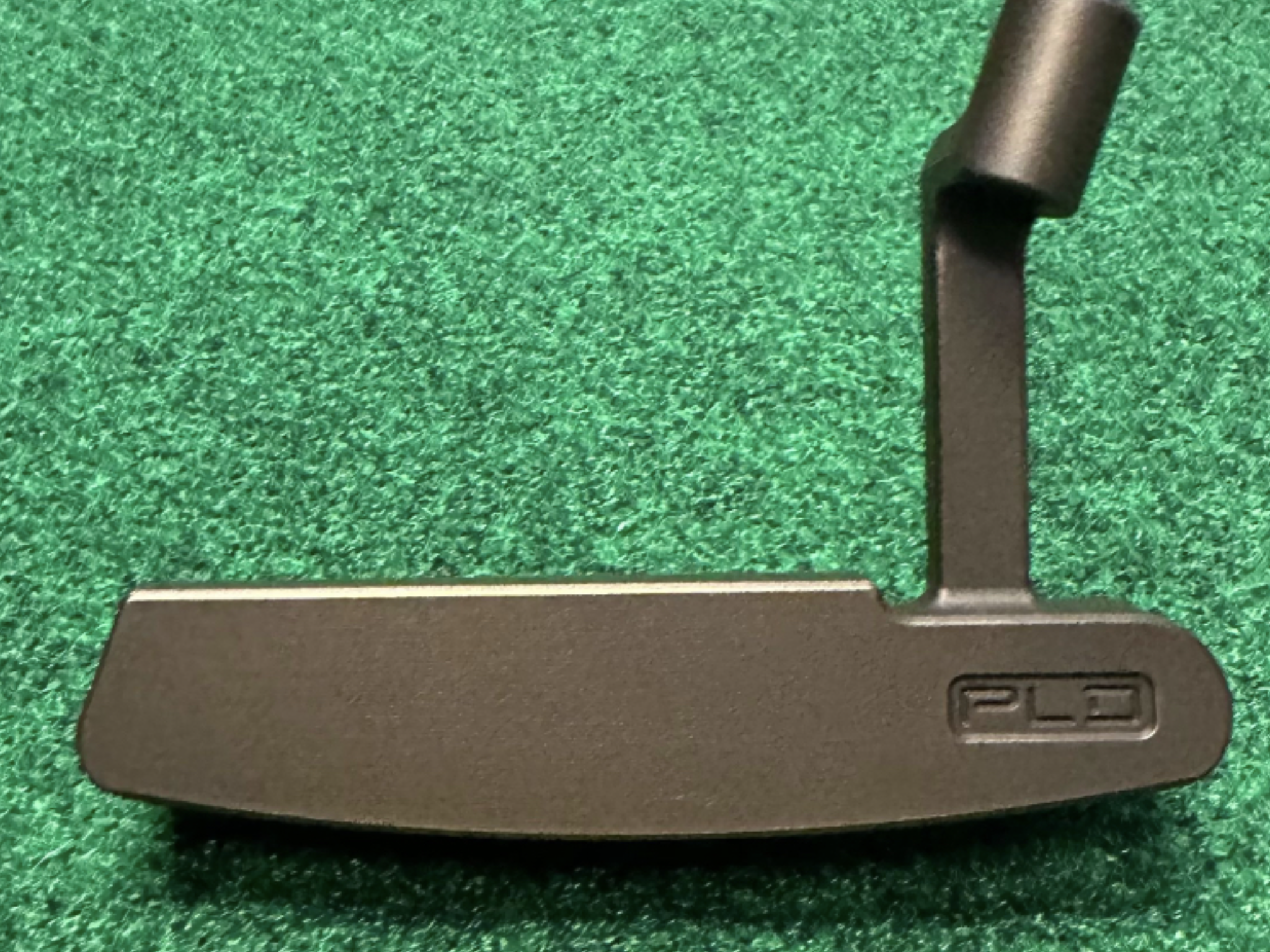
At GolfWRX, we are a community of like-minded individuals that all experience and express our enjoyment of the game in many ways.
It’s that sense of community that drives day-to-day interactions in the forums on topics that range from best driver to what marker you use to mark your ball. It even allows us to share another thing we all love – buying and selling equipment.
Currently, in our GolfWRX buy/sell/trade (BST) forum, there is a listing for a Ping PLD Limited Anser – 1988 Open Championship – #2 of only 88 Made.
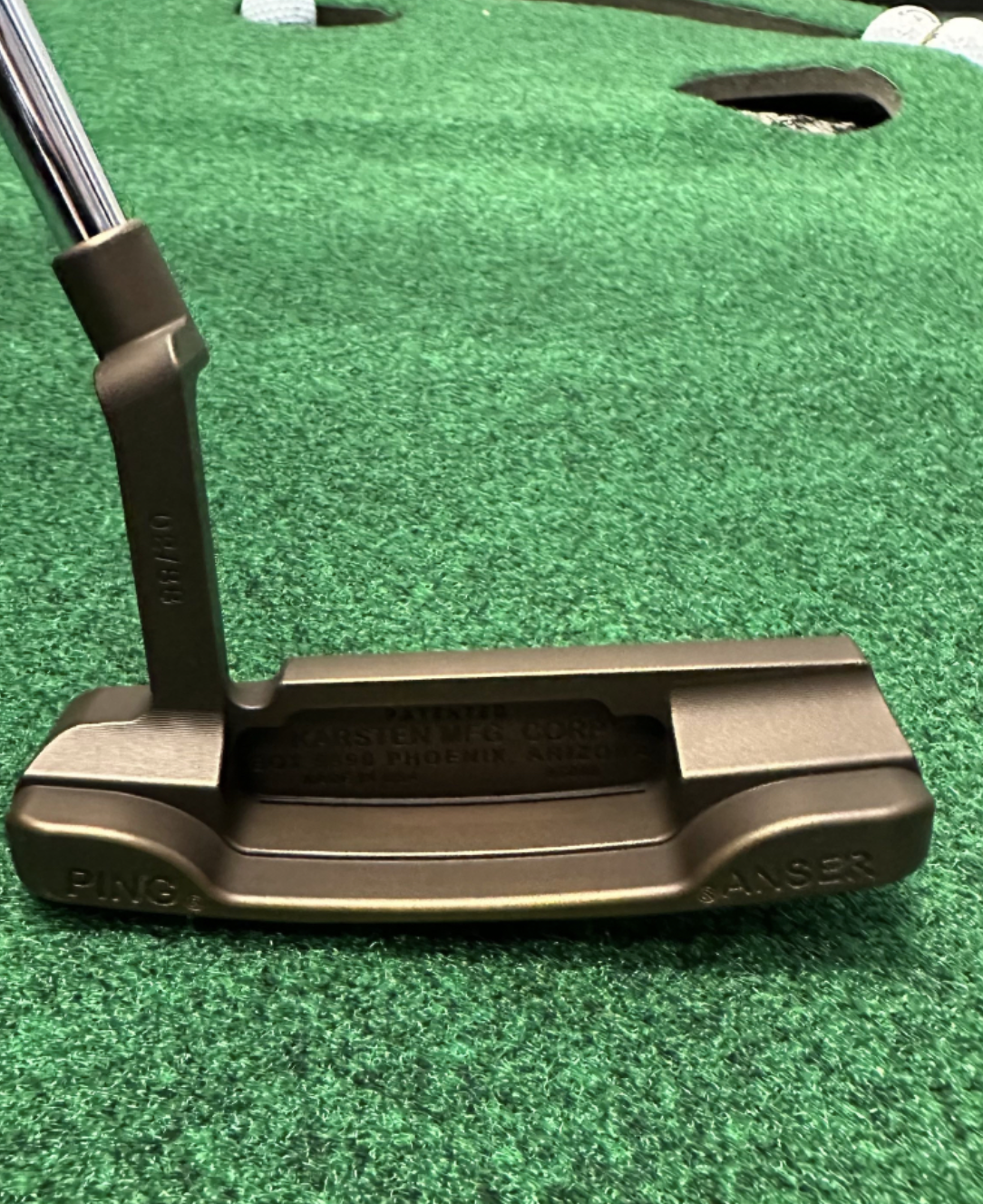
From the seller: (@DLong72): “Ping PLD Limited Anser – 1988 Open Championship – #2 of only 88 Made. ?: $1150. ?? 100% milled collectors item from the limited releases commemorating when Ping putters won every major in 1988 (88 putters made). This was the model Seve Ballesteros used to win the 1988 Open Championship. Condition is brand new, never gamed, everything is in the original packaging as it came. Putter features the iconic sound slot.
Specs/ Additional Details
-100% Milled, Aluminum/Bronze Alloy (310g)
-Original Anser Design
-PING PP58 Grip
-Putter is built to standard specs.”
To check out the full listing in our BST forum, head through the link: Ping PLD Limited Anser – 1988 Open Championship – #2 of only 88 Made
This is the most impressive current listing from the GolfWRX BST, and if you are curious about the rules to participate in the BST Forum you can check them out here: GolfWRX BST Rules
- LIKE1
- LEGIT0
- WOW0
- LOL0
- IDHT0
- FLOP0
- OB0
- SHANK0
Equipment
Inside Collin Morikawa’s recent golf ball, driver, 3-wood, and “Proto” iron changes
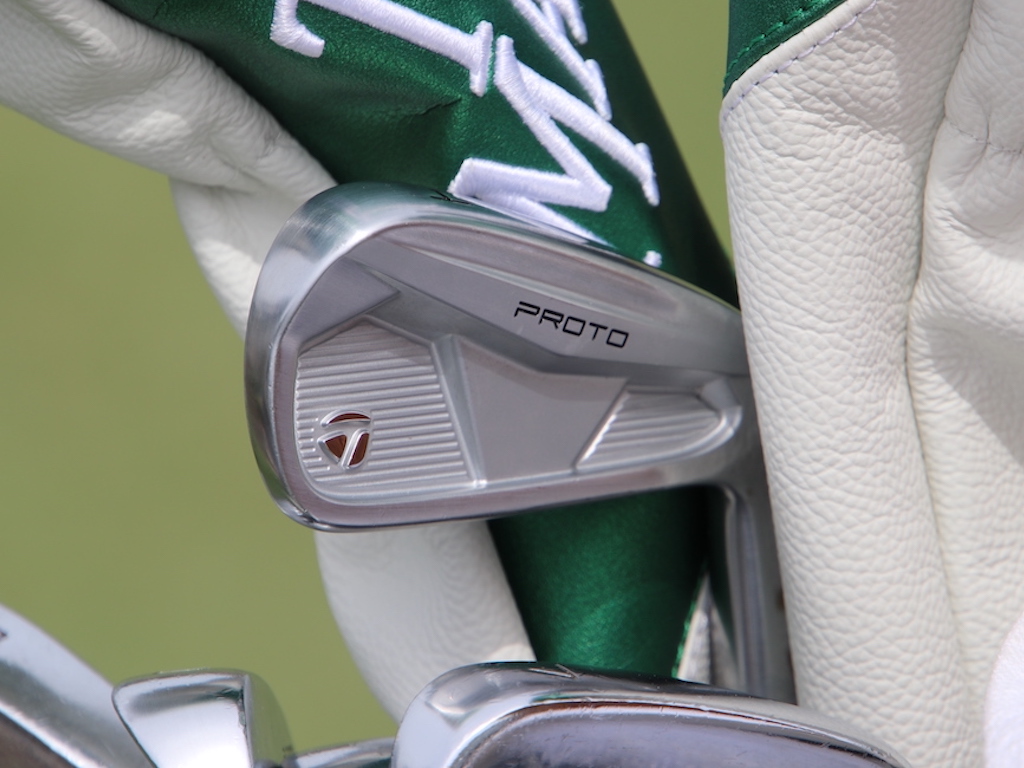
As you probably know by now, Collin Morikawa switched putters after the first round of The Masters, and he ultimately went on to finish T3.
The putter was far from the only change he made last week, however, and his bag is continuing to change this week at the 2024 RBC Heritage.
On the range of The Masters, Morikawa worked closely with Adrian Reitveld, TaylorMade’s Senior Manager of Tour at TaylorMade, to find the perfect driver and 3-wood setups.
Morikawa started off 2024 by switching into TaylorMade’s Qi10 Max driver, but since went back to his faithful TaylorMade SIM – yes, the original SIM from 2020. Somehow, some way, it seems Morikawa always ends up back in that driver, which he used to win the 2020 PGA Championship, and the 2021 Open Championship.
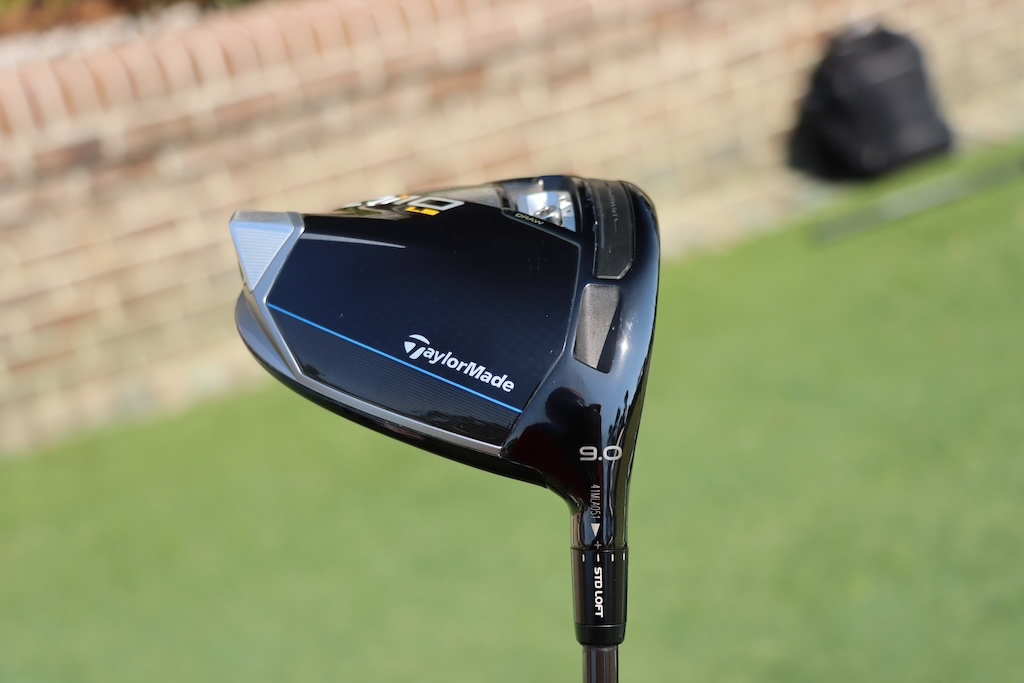
At The Masters, however, Rietveld said the duo found the driver head that allowed “zero compromise” on Morikawa’s preferred fade flight and spin. To match his preferences, they landed on a TaylorMade Qi10 LS 9-degree head, and the lie angle is a touch flatter than his former SIM.
“It’s faster than his gamer, and I think what we found is it fits his desired shot shape, with zero compromise” Rietveld told GolfWRX.com on Wednesday at the RBC Heritage.
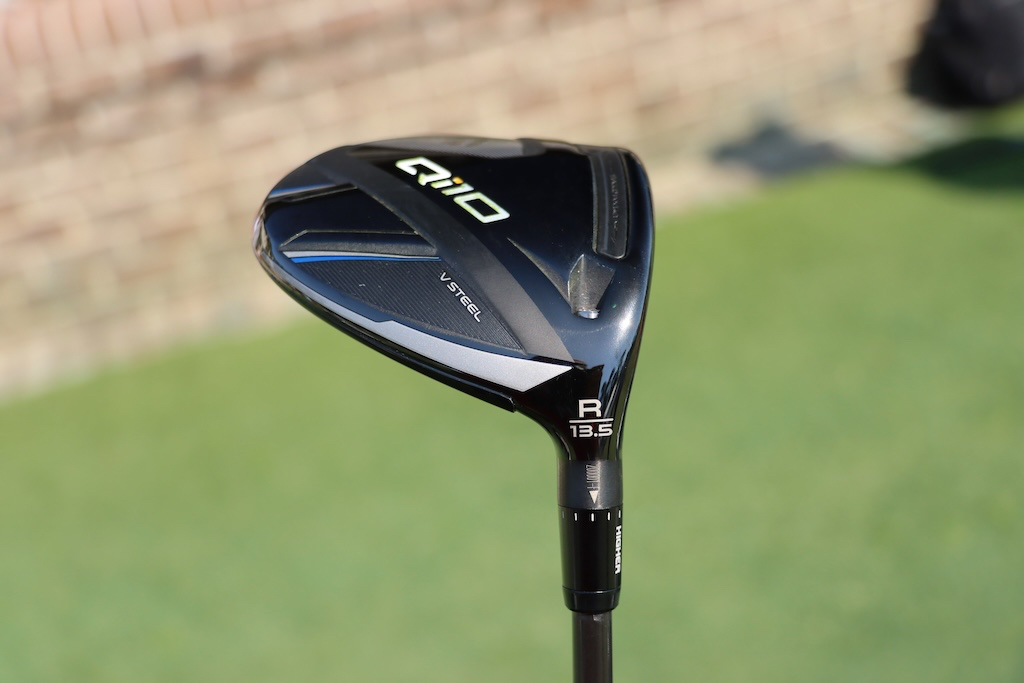
Then, to replace his former SIM rocket 3-wood, Morikawa decided to switch into the TaylorMade Qi10 core model 13.5-degree rocket head, with an adjustable hosel.
“He likes the spin characteristics of that head,” Rietveld said. “Now he’s interesting because with Collin, you can turn up at a tournament, and you look at his 3-wood, and he’s changed the setting. One day there’s more loft on it, one day there’s less loft on it. He’s that type of guy. He’s not scared to use the adjustability of the club.
“And I think he felt our titanium head didn’t spin as low as his original SIM. So we did some work with the other head, just because he liked the feel of it. It was a little high launching, so we fit him into something with less loft. It’s a naughty little piece of equipment.”

In addition to the driver and fairway wood changes, Morikawa also debuted his new “MySymbol” jersey No. 5 TP5x golf ball at The Masters. Morikawa’s choice of symbols is likely tied to his love of the Los Angeles Dodgers baseball team.
Not enough changes for you? There’s one more.

On Wednesday at the 2024 RBC Heritage, Morikawa was spotted with a new TaylorMade “Proto” 4-iron in the bag. If you recall, it’s the same model that Rory McIlroy debuted at the 2024 Valero Texas Open.
According to Morikawa, the new Proto 4-iron will replace his old P-770 hollow-bodied 4-iron.
“I used to hit my P-770 on a string, but sometimes the distance would be a little unpredictable,” Morikawa told GolfWRX.com. “This one launches a touch higher, and I feel I can predict the distance better. I know Rory replaced his P-760 with it. I’m liking it so far.”
See Morikawa’s full WITB from the 2024 RBC Heritage here.
- LIKE25
- LEGIT2
- WOW2
- LOL4
- IDHT1
- FLOP3
- OB3
- SHANK2
Equipment
Why Rory McIlroy will likely use the new TaylorMade BRNR Mini Driver Copper at the RBC Heritage
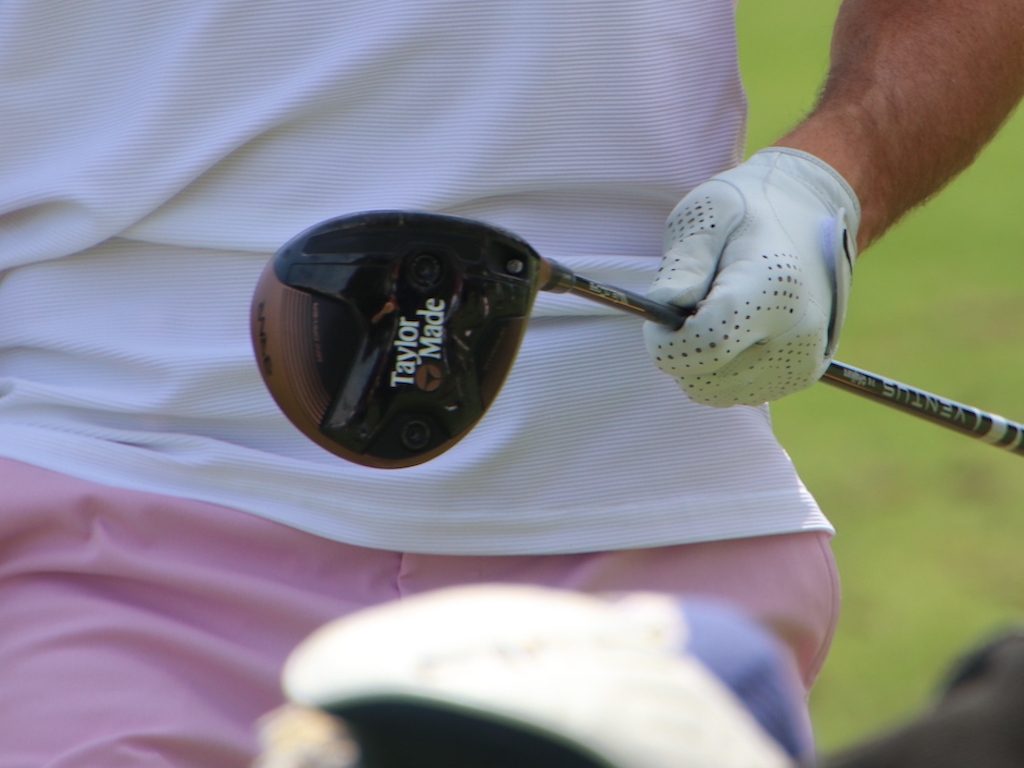
Although we spotted Rory McIlroy testing the new TaylorMade BRNR Mini Driver Copper last week during practice rounds at the Masters, he ultimately didn’t decide to use the club in competition.
It seems that will change this week at the 2024 RBC Heritage, played at the short-and-tight Harbour Town Golf Links in Hilton Head.
When asked on Wednesday following his morning Pro-Am if he’d be using the new, nostalgic BRNR Copper this week, McIlroy said, “I think so.”
“I like it,” McIlroy told GolfWRX.com on Tuesday regarding the BRNR. “This would be a good week for it.”
View this post on Instagram
According to Adrian Rietveld, the Senior Manager of Tour at TaylorMade, the BRNR Mini Driver can help McIlroy position himself properly off the tee at the tight layout.
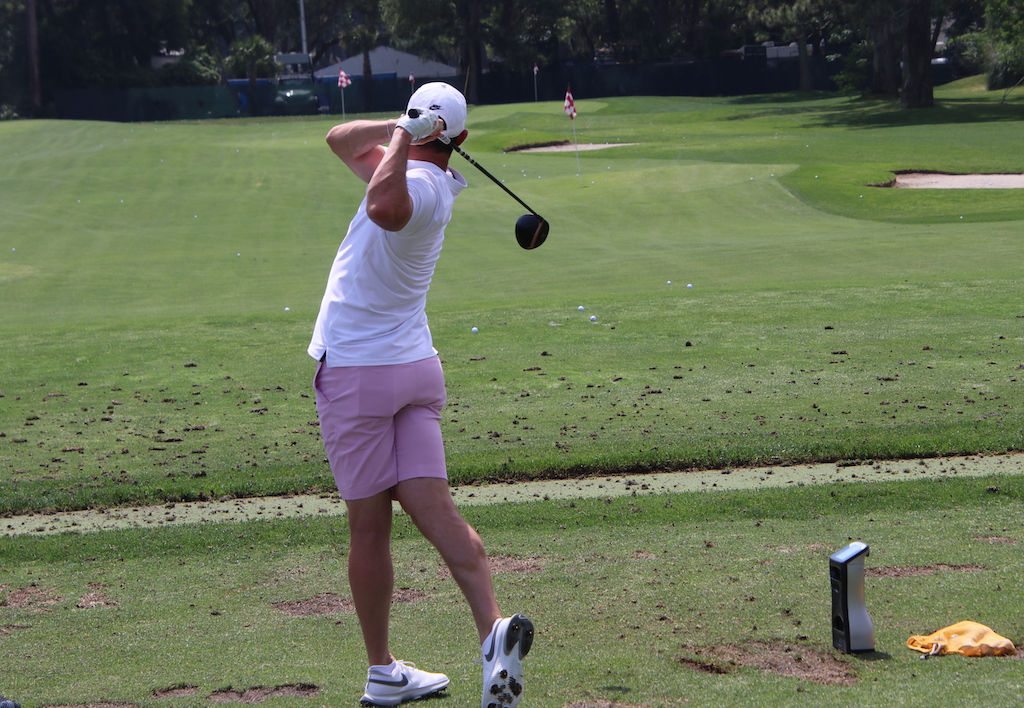
Here’s what Rietveld told GolfWRX.com on Wednesday:
“For someone like Rory, who’s that long at the top end of the bag, and then you put him on a course like Harbour Town, it’s tough off the tee. It’s tight into the greens, and you have to put yourself in position off the tee to have a shot into the green. It kind of reminds me of Valderrama in Spain, where you can be in the fairway and have no shot into the green.
“I’m caddying for Tommy [Fleetwood] this week, so I was walking the course last night and looking at a few things. There’s just such a small margin for error. You can be standing in the fairway at 300 yards and have a shot, but at 320 you don’t. So if you don’t hit a perfect shot, you could be stuck behind a tree. And then if you’re back at 280, it might be a really tough shot into the small greens.
“So for Rory [with the BRNR], it’s a nice course-specific golf club for him. He’s got both shots with it; he can move it right-to-left or left-to-right. And the main thing about this club has been the accuracy and the dispersion with it. I mean, it’s been amazing for Tommy.
“This was the first event Tommy used a BRNR last year, and I remember talking to him about it, and he said he couldn’t wait to play it at Augusta next year. And he just never took it out of the bag because he’s so comfortable with it, and hitting it off the deck.
“So you look at Rory, and you want to have the tools working to your advantage out here, and the driver could hand-cuff him a bit with all of the shots you’d have to manufacture.”
So, although McIlroy might not be making a permanent switch into the new TaylorMade BRNR Mini Driver Copper, he’s likely to switch into it this week.
His version is lofted at 13.5 degrees, and equipped with a Fujikura Ventus Black 7X shaft.
See more photos of Rory testing the BRNR Mini here
- LIKE25
- LEGIT1
- WOW0
- LOL2
- IDHT0
- FLOP0
- OB1
- SHANK3
-

 19th Hole1 week ago
19th Hole1 week agoDave Portnoy places monstrous outright bet for the 2024 Masters
-

 19th Hole3 weeks ago
19th Hole3 weeks agoThings got heated at the Houston Open between Tony Finau and Alejandro Tosti. Here’s why
-

 19th Hole1 week ago
19th Hole1 week agoTiger Woods arrives at 2024 Masters equipped with a putter that may surprise you
-

 19th Hole2 weeks ago
19th Hole2 weeks agoReport: Tiger Woods has ‘eliminated sex’ in preparation for the 2024 Masters
-

 19th Hole4 days ago
19th Hole4 days agoTwo star names reportedly blanked Jon Rahm all week at the Masters
-

 19th Hole4 days ago
19th Hole4 days agoNeal Shipley presser ends in awkward fashion after reporter claims Tiger handed him note on 8th fairway
-

 19th Hole3 days ago
19th Hole3 days agoReport: LIV Golf identifies latest star name they hope to sign to breakaway tour
-

 19th Hole2 weeks ago
19th Hole2 weeks agoAddiction, spinal fusion, and scam artists – Everything Anthony Kim revealed in candid interview with David Feherty

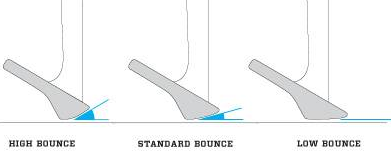
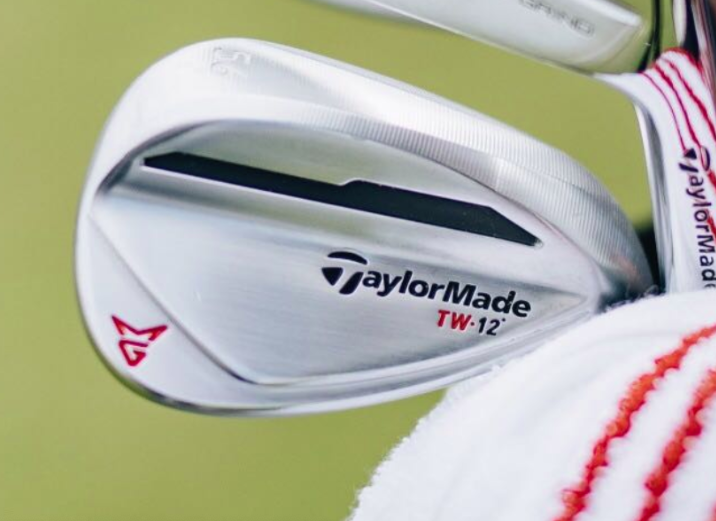










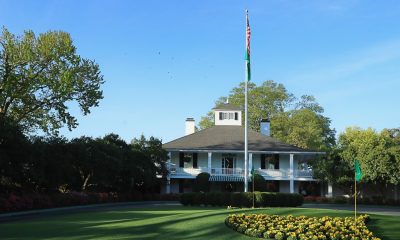

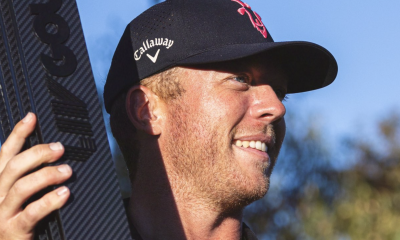














William King
Aug 19, 2019 at 7:02 am
First, turf and ground conditions alter and for many players who do not travel, this won’t matter that much. But even for those who do come across great variations in club/turf interaction, it may be better to stick with what you know and are confident with than to change to a club that may theoretically be better for the new conditions.
Secondly, the differences in sand are enormous from course to course, and from dry to wet. That may well make it a good idea to have two or more sand wedges with different bounces.
Harald
Aug 19, 2019 at 6:50 am
Very interesting and clearly stated information. But the expression is either ” guys and dolls ” (and long may Damon Runyon’s memory live), or “ladies and gentlemen”
Keep swinging
Mark Leonard
Aug 15, 2019 at 1:38 am
You mention “…you will benefit from a more aggressive bounce and/or wider sole than if you play the typically tighter ….”. Can you please explain what is meant by “aggressive” in this context?
Jack
Aug 15, 2019 at 3:23 am
Aggressive is high bounce. Cuz if you have a lot of bounce on a tight lie it would be hard to use the bounce without frequent thin bullets across the green. That’s my understanding.
It is confusing to name it that way. Just think high bounce and low bounce. And also effective bounce by how you deliver your chip shots.
Mel B Inglima
Aug 14, 2019 at 3:40 pm
The explanation of the bounce with its picture was helpful. The sole gets “rejected” by the turf. However, the grind discussion, without any picture was less clear.(Tiger’s club picture didn’t fully describe what was going on – I had to use my often wrong imagination!) I’m left to assume that unless I’m a plus handicap golfer or professional, just don’t worry about it! Correct?
As to trying different wedges on the course – whether the actual club you might buy or ones very similar – how do you accomplish this? I’ve found that equipment stores just do NOT want to lend out wedges. Pro shops may from time to time but they have far fewer choices.
So, help! How do I really try out several wedges before buying? I’m not happy with my current wedges but very unsure about buying new ones without significant testing. (I’m a single digit)
Thanks,
Wayne
Oct 17, 2019 at 1:23 pm
I was thinking exactly the same, this article didn’t help one bit, there isn’t much chance of being given a new wedge to go hit off artificial turf at a driving range, never mind being given one to take out and hit off real turf.
Surely there are guidelines to the type of bounce and or grind best suited to a very firm links course compared to a much softer inland course, the same for heavy compact sand or light fluffy type sand.
After reading the last paragraph I’m left wondering how on earth someone can use an online system to find the correct wedge.
Stacey Uchtman
Aug 14, 2019 at 3:31 pm
Do you think a player will “learn” a specific swing based on the wedges they carry? Meaning in the first wedges they carry, do you think they will adjust and learn to play them and eventually be comfortable with that particular bounce/grind making it difficult to move to another combination? Mainly around the greens and less on full shots.